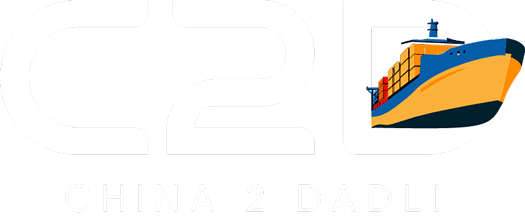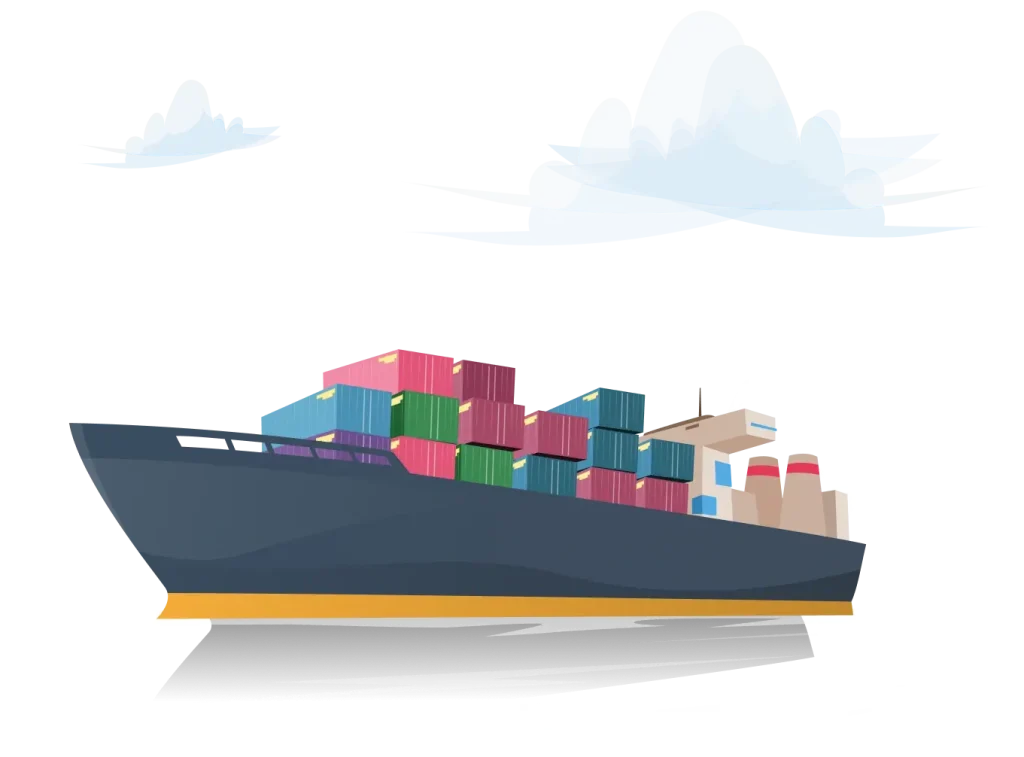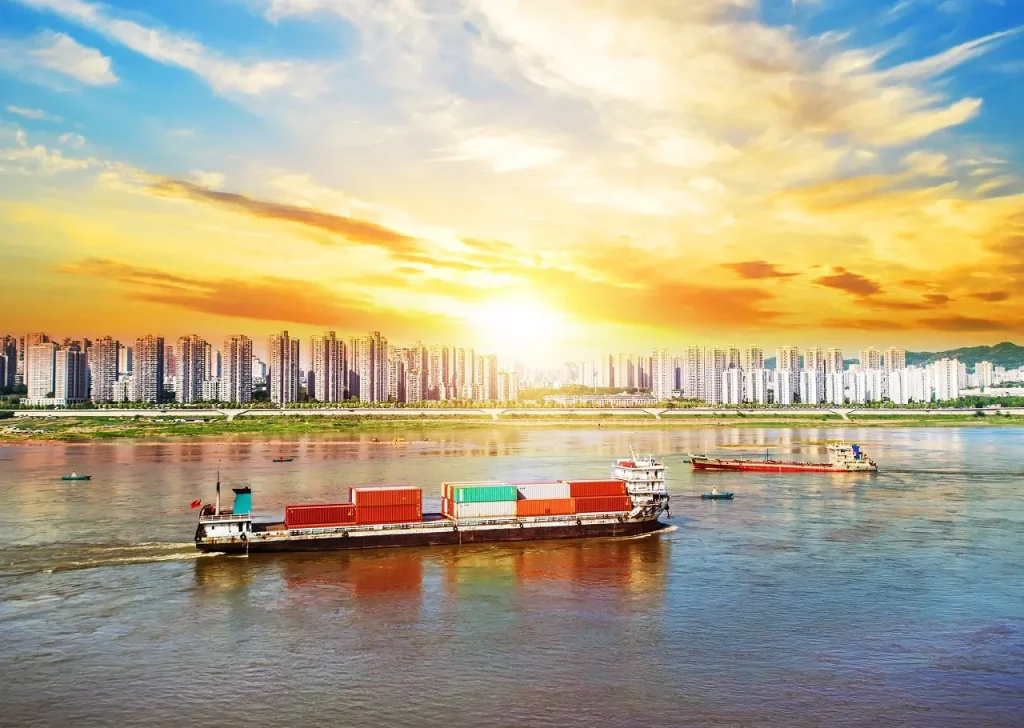Best practices for shipments from China to the Caribbean — prevent damage, avoid extra costs, and protect your investment.
Shipping goods via LCL (Less-than-Container Load) from China to the Caribbean involves many steps and a long journey — factory → local truck → consolidation warehouse → 40ft container → ~60+ days at sea → port warehouse at destination. Because cargo is handled, stacked, and moved multiple times, packaging quality directly affects whether your goods arrive intact.
Why good packaging is essential
- Protection from handling: LCL containers are consolidated with many other shipments; items shift and press against each other.
- Weather & moisture resistance: Transit and port storage can expose cargo to humidity and condensation unless properly wrapped.
- Stacking & crushing risks: Weak boxes can collapse under heavier loads stacked on top of them.
- Reduced claims and delays: Well-packaged goods clear inspections faster and have lower damage issues.
Real problem we see:
Even expensive, delicate machines are sometimes boxed in thin, weak cartons without internal bracing. When this arrives at our warehouse we contact the customer and offer repacking — which adds time and cost.
Our recommendation — specify packaging before ordering
The best way to avoid repacking fees and damage is to agree packaging standards with your factory before you place an order. Ask for details such as:
- Carton grade (e.g., double-wall corrugated for heavy items)
- Wooden Crates for heavy and fragile items
- Internal bracing (wooden crates, foam inserts, brackets, straps)
- Waterproof wrapping (heat shrink, plastic wrap, desiccants for electronics)
- Clearly marked handling labels (FRAGILE, THIS SIDE UP)
- Items such as engines, motorcycles and other large machines – Metal Frame Crates
Cost versus risk — a simple example
Think about a $2,000 machine: spending an extra $30–$50 for a stronger box or crate is usually a sensible insurance policy. If we have to repack or crate it at the warehouse, you will also pay for materials and labour — which often costs more than factory-applied packaging would have.
When we receive weak packaging
If a shipment arrives poorly packed we will:
- Notify you with photos and a recommendation
- Provide an estimate for reinforcement or repacking
- Offer options — from added cushioning to full crate packing
These services protect your goods but are additional to shipping and repackaging fees — that’s why we push for clear packaging standards from the factory up front.
Practical checklist to give your factory
- Double-wall corrugated carton for items >20kg
- Internal foam blocks or timber blocking for delicate fixtures
- Palletize and/or crate heavy or oddly shaped items
- Use water-resistant outer wrap and seal all openings
- Apply handling labels and include packing list inside a sealed pouch
Pro tip: Ask the factory to send photos of the packaged goods before they leave. That quick step often prevents surprises at the warehouse.


